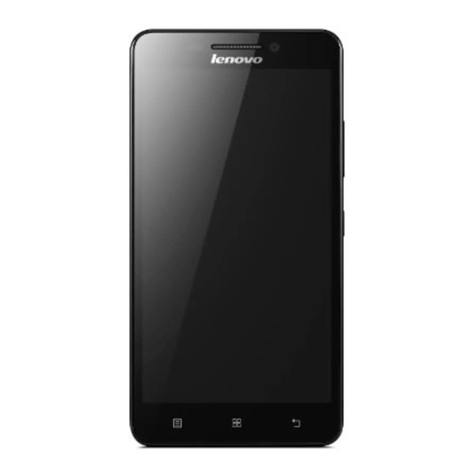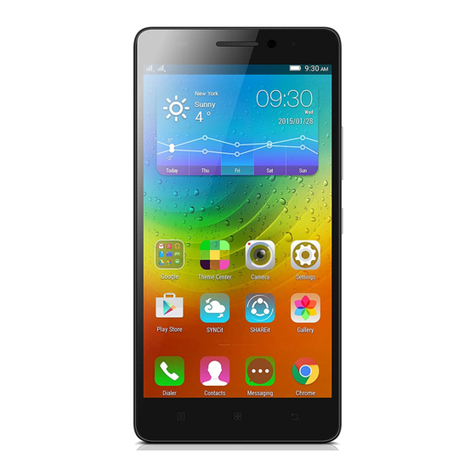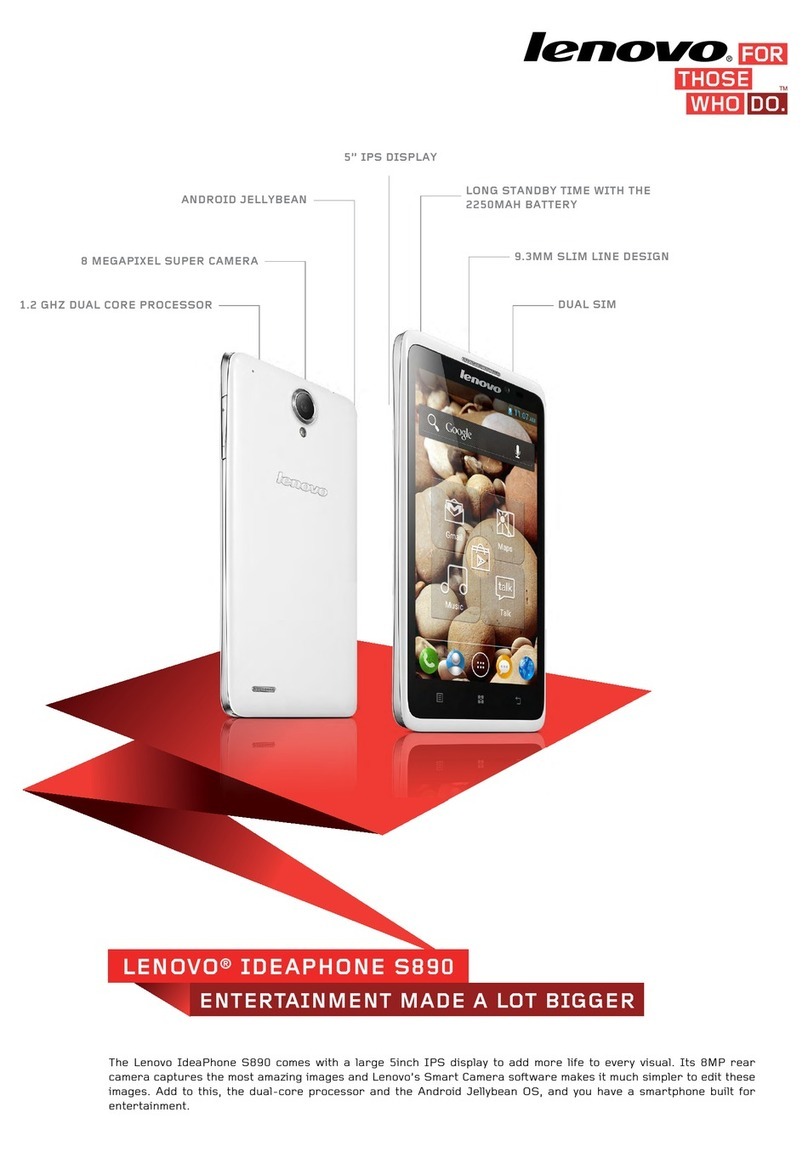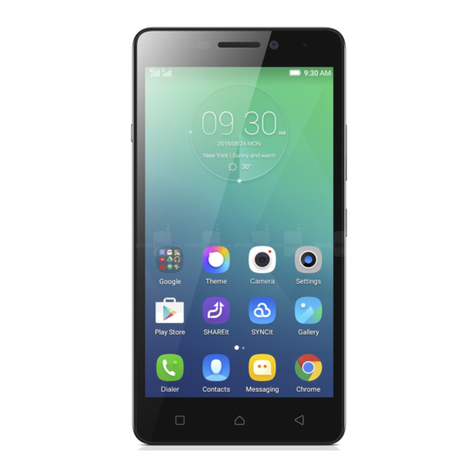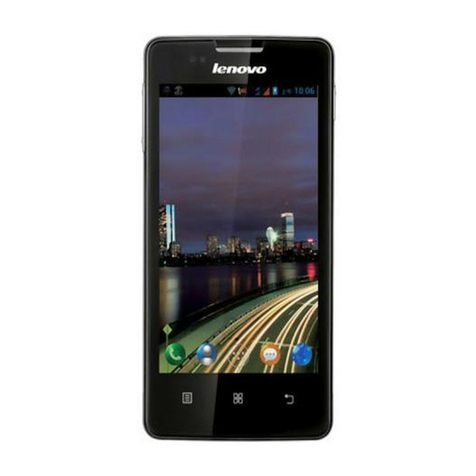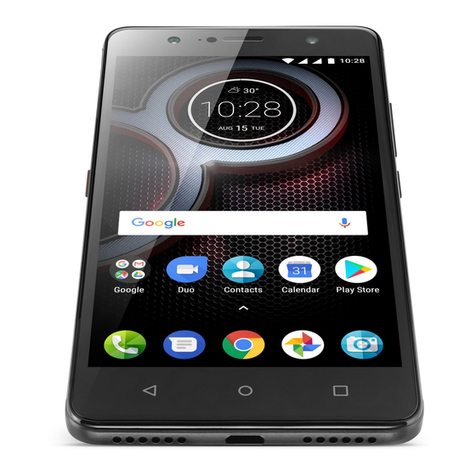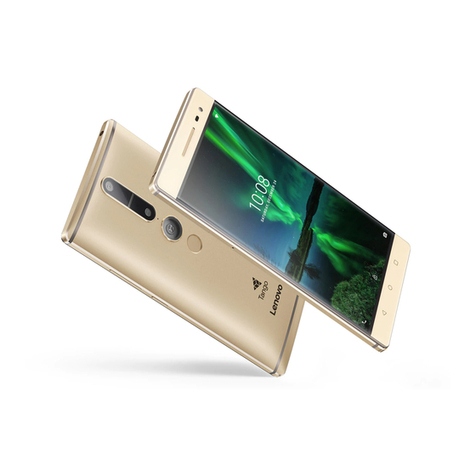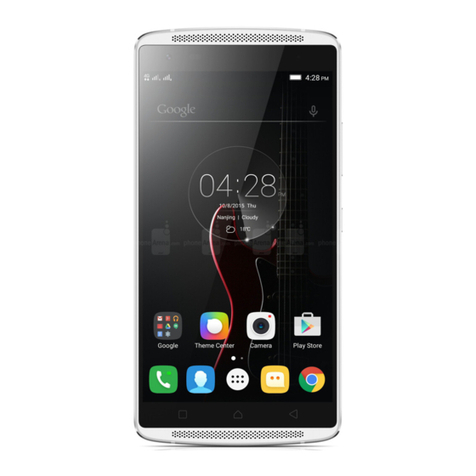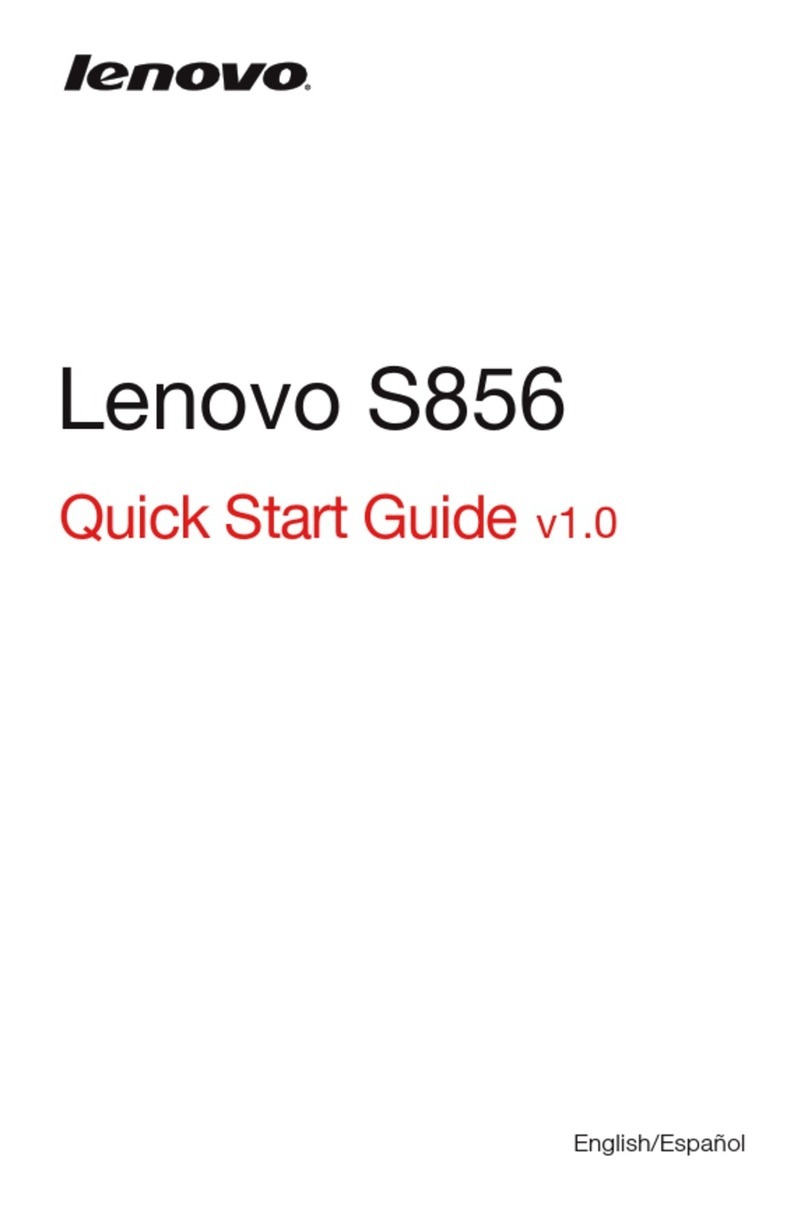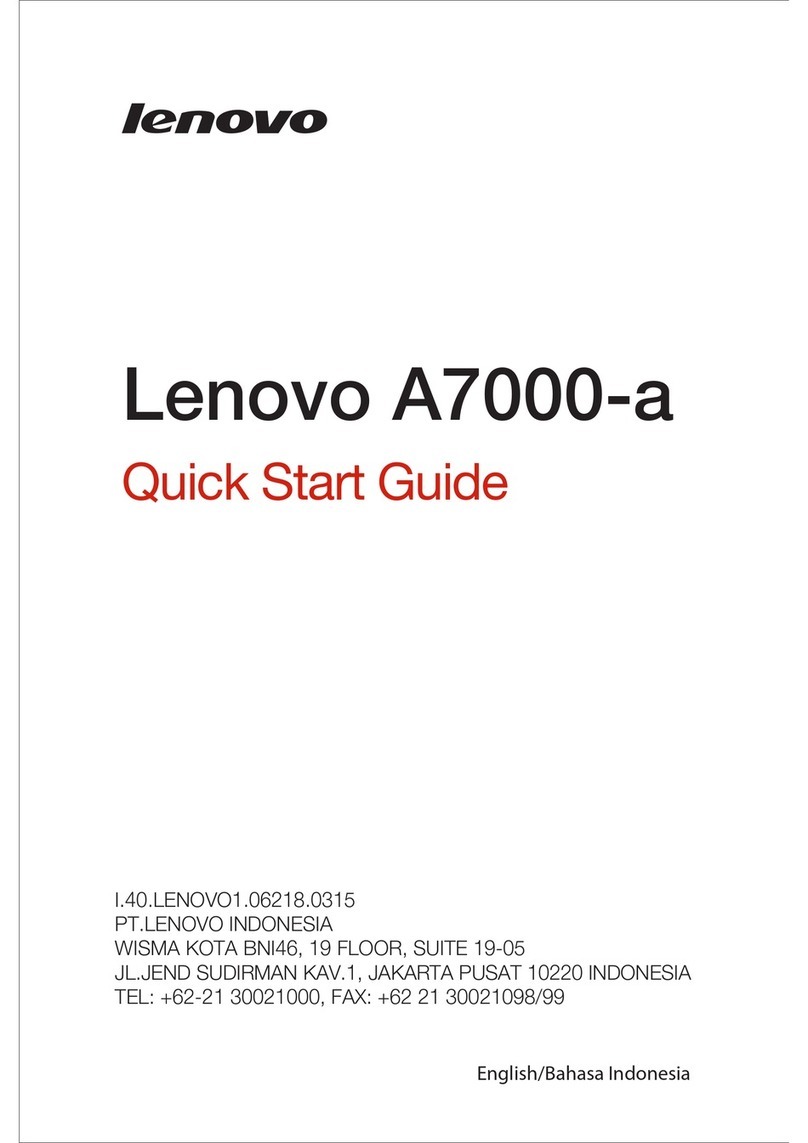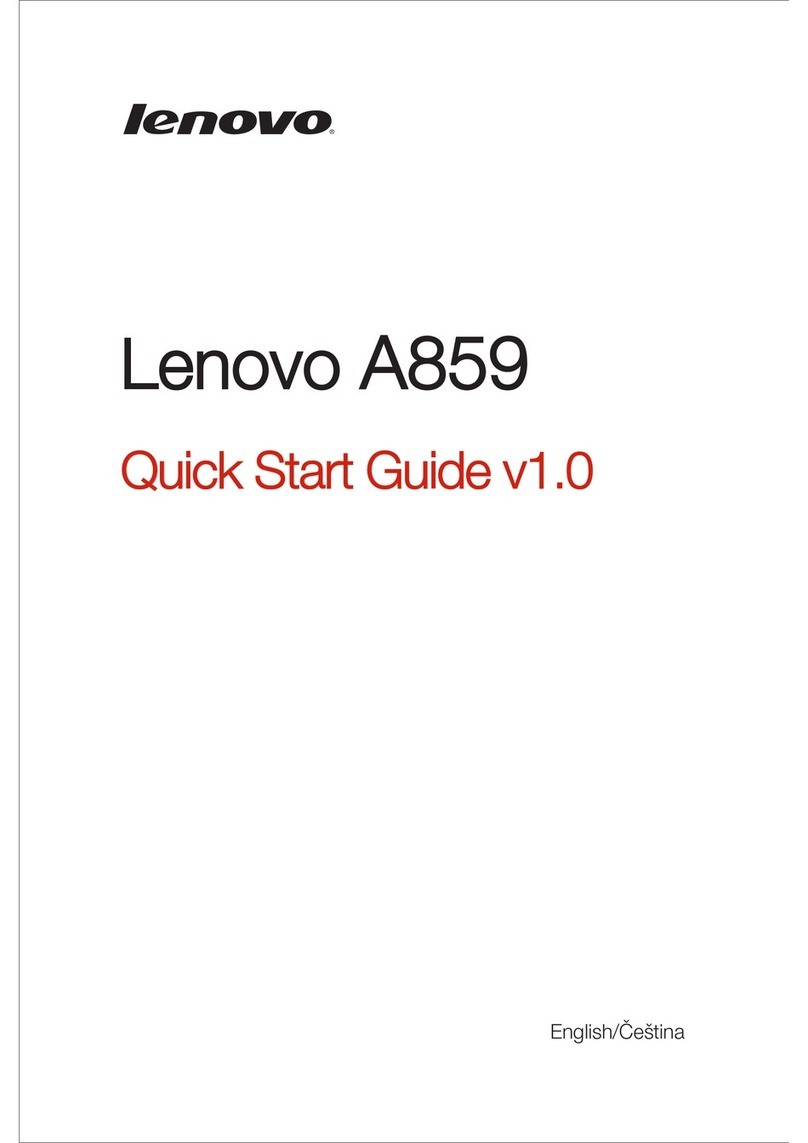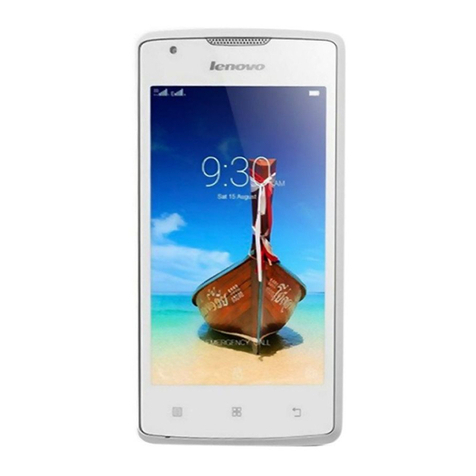
9
Precautions and Tips for S850 Safety and
Maintenance
When using mobile phone, please abide by the following.
Read the user manual thoroughly before using your mobile phone.
Do not turn on your mobile phone if use is prohibited or may cause
interference or danger.
Your mobile phone should be switched off while on airplanes. If the
alarm or schedule settings can cause the mobile phone to turn on
automatically when it is in “off” mode, the settings should be checked
to ensure they have been deselected before boarding.
When using your mobile phone, keep it away from hot or high-voltage
environments, such as electric appliances or cooking equipment.
To prevent fire, turn off your mobile phone in areas containing
flammable objects, such as filling stations and fuel storage.
Do not hold your mobile phone when driving. Do not place your phone
above an air bag in a car or any area that may be occupied by an
expanded air bag. You may get hurt if the phone is impacted by a
strong force by the air bag expanding.
Only Lenovo approved batteries, chargers and accessories may be
used. Lenovo is not responsible for any consequences due to the use
of accessories from a third party.
Do not disassemble your mobile phone.
When your mobile phone is close to other electronic devices,
interference may occur. Keep your mobile phone away from other
electronic devices, such as televisions, radios, personal computers,
pacemakers, hearing aids, medical equipment, etc. Do not store your
phone near credit cards or magnetic fields. In hospitals or other


